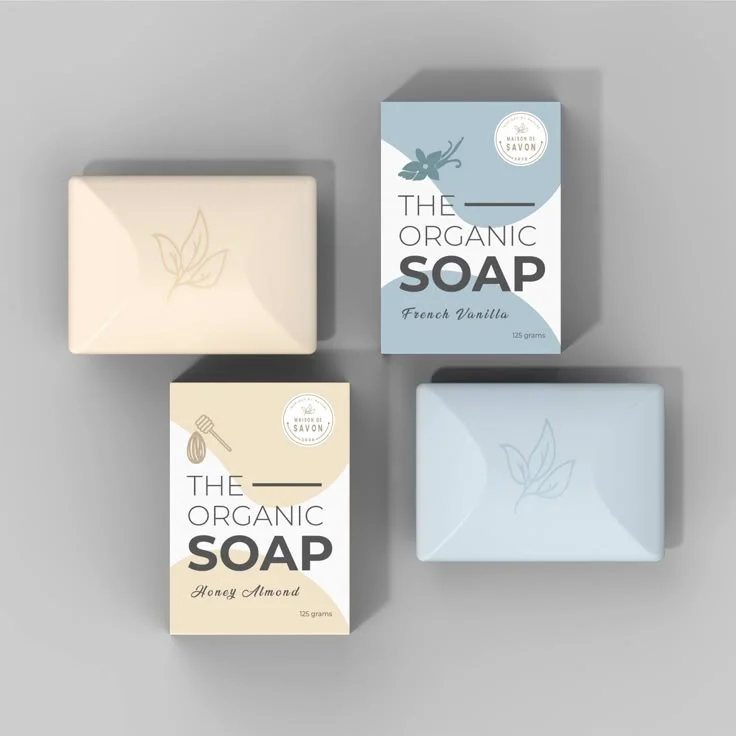Luxury soap packaging elevates your product with an elegant and high-end presentation. Crafted from premium materials and featuring sophisticated designs, this packaging exudes opulence and refinement. With customizable options for finishes, colors, and textures, luxury soap packaging not only protects but also enhances the visual appeal of your soap. Ideal for premium and artisanal products, it creates a memorable first impression.

Here are some common question about our company
Luxury soap packaging is made from premium materials like rigid boxes, textured paper, embossing, foil stamping, and high-quality cardboard for an upscale look.
Yes! You can personalize the size, shape, colors, logo, and special finishes like embossing, debossing, or metallic foiling to enhance your brand identity.
We offer sustainable luxury packaging options made from recyclable and biodegradable materials for an eco-conscious choice.
High-end packaging creates a strong first impression, adds perceived value, and helps differentiate your product in the market.

Lets build something great together.